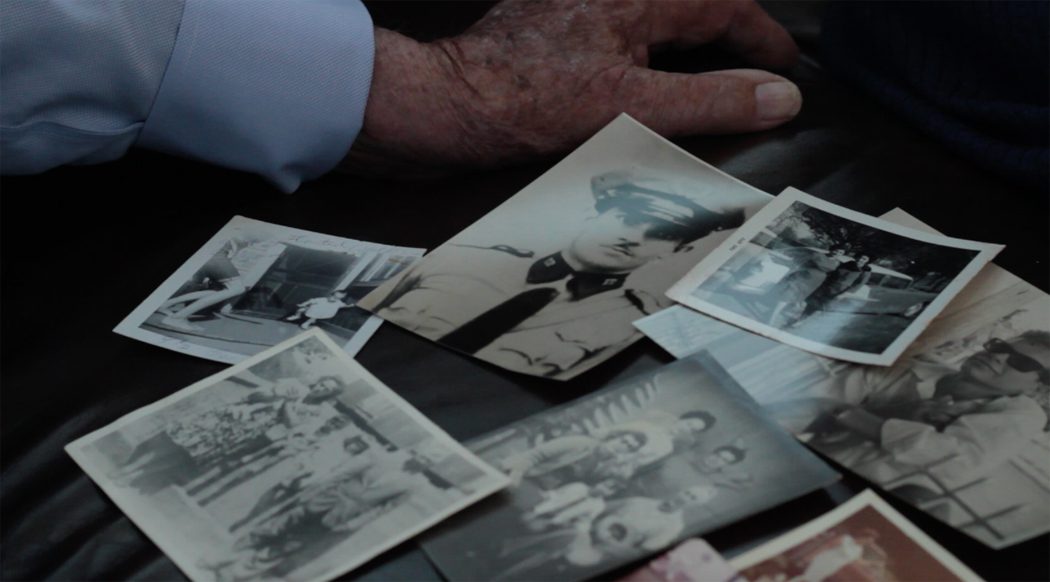Brought to You By Writers at Raconteur Life Story Writing
If you are like most people, you have a few boxes full of photos, a stack of albums of printed photos, and even more on your smartphone. The job of sorting through all these photos is daunting, and it requires a significant amount of time, so many people delay it or never get around to it at all. But why put it off?
Here are some tips to help make this job easier.
—
Creating a Plan
There is no right or wrong way to organize photos. Before you start, though, make sure you have an idea of how you want to organize photos, such as by decades, places, or events. Don’t worry about sorting photos into perfect chronological order. It’s much easier to sort them by decade (i.e. “Family Photos: 1980-1989.”)
Getting Started with Albums
Albums can take up a lot of space, and the pages, glue, and plastic can deteriorate photos over time. Most likely, the photos in an album are already arranged and sorted. To save space and preserve the photos, remove the photos from the albums, keep them in the order they were arranged, and label the backs of the photos. This will also make it easier to distribute, copy, or scan the photos.
Pace Yourself
Don’t try to tackle all the photos at once. The best thing to do is plan to sort through photos for one to two hours at a time. Get one or two boxes or a few albums and find a comfortable place with room to make stacks of photos in different categories, somewhere you can leave everything out when you need a break.
Decisions
Many people keep prints and negatives in the same envelope. Check the envelopes for dates before you toss them. It’s up to you if you want to keep the negatives or toss them. While printing a photo from a negative will give a better-quality photo, the process can be time consuming. If you want to save time, consider scanning the photo instead.
You’ll probably discover many duplicates, blurry photos, shots of places you don’t recognize, people you don’t remember, or photos where everyone’s eyes are closed. You can easily tell what’s worth keeping and what isn’t. Ask family and friends if they recognize the places or people you can’t identify. Label the photos so future generations will be able to identify them.
Storage
You don’t need to spend money on fancy archival storage boxes. Shoe box-size boxes, or even just shoe boxes, for 4×6 photos and manilla folders for larger photos are good storage options.
Digitizing Photos
If you want to save even more space, consider having your photos scanned so you can toss the prints and easily share the photos with family and friends. Services such as ScanCafe, ScanMyPhotos, and LegacyBox all offer scan services. You can use digital storage services such as Google Photos or Apple Photos to store and share photos.
Photos on Smartphones
Now that we’ve covered print photos, what about the photos on smart phones? There are likely to be hundreds if not thousands of photos to sort through. So, what do we do about photos on our phones? Consider going through your photos and creating an album of the best ones. Or create albums of trips, special events, baby pictures, and memories you’d like to keep. Gemini Photos, Slide Box, and Google Photos can make the process faster. These can easily be shared with others. Once you’ve sorted through existing photos, you can continue to add to albums and create new ones as you take more photos. Another option is to copy the photos onto M-discs for a physical copy.
—
It may take time to sort through photos, but it will be worth it in the end to preserve your legacy for future generations. Plus, doing this now will help you share photos with family and friends and relive memories.

























